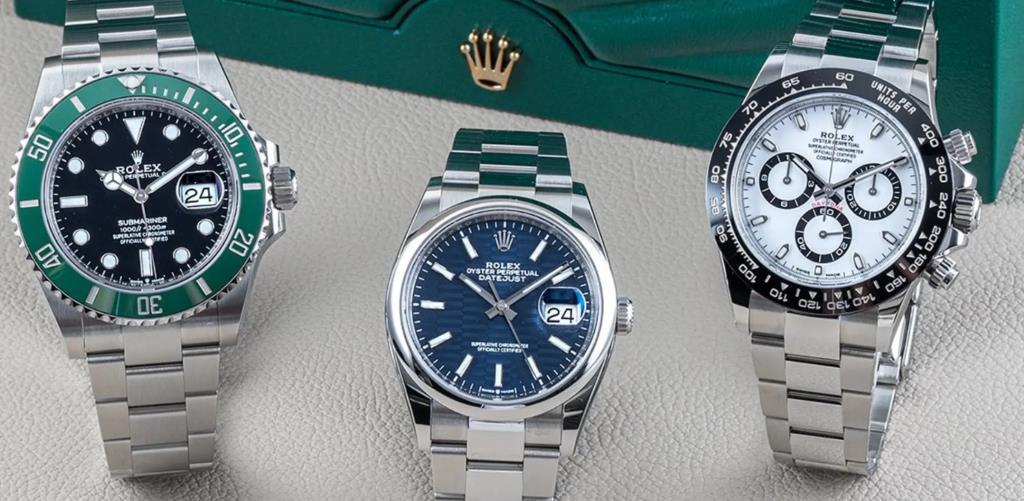Replica watches can be considered a sustainable fashion choice for several reasons, though it is important to navigate this claim carefully, as there are both ethical and environmental factors to consider. Replica watches allow consumers to access luxury designs without the high price tags associated with brand-name watches. This affordability promotes a more inclusive fashion industry, where more people can enjoy stylish and classic designs. By choosing replicas, buyers avoid the significant environmental impact associated with the high-end luxury watch market. The production of luxury watches often involves resource-intensive processes, including the mining of precious metals and gemstones, and their assembly involves extensive shipping and logistics, leading to a higher carbon footprint. Replica watches, in contrast, are typically made with less resource-intensive materials, helping reduce the strain on the environment. High-end luxury watches often use gold, diamonds, and other rare materials that require mining, which can be harmful to the environment. Mining is known to contribute to deforestation, habitat destruction, and pollution of water sources.

By opting for Luxe Replica Watches made from more accessible and less harmful materials, consumers indirectly contribute to less demand for these destructive processes. Many replica watches are crafted using stainless steel, synthetic stones, or other materials that do not require mining, and these alternatives are less taxing on the environment. One of the hallmarks of sustainability in fashion is the concept of slow fashion, which focuses on long-lasting, timeless pieces rather than quick, trend-based consumption. Many replica watches mimic classic designs that remain stylish over time, encouraging wearers to use them for years instead of purchasing new ones seasonally. This extended lifecycle reduces waste, as fewer watches are discarded or replaced. Additionally, people who purchase replica watches might be more likely to keep their timepieces as functional fashion accessories rather than dispose of them when trends shift. The watch’s durability can extend its use, making it an environmentally conscious investment. Compared to high-end watches, which are often produced in limited quantities with artisanal craftsmanship, replica watches are usually mass-produced.
While this might seem counterintuitive as a sustainability benefit, mass production methods are generally more efficient in terms of material use, labor, and energy. Moreover, because these watches are produced in large quantities, fewer resources are wasted per unit. The economies of scale in manufacturing replicas can lead to fewer emissions and less energy consumption per watch produced. On the other hand, luxury watches, though high in craftsmanship, require significantly more energy and labor per unit produced, adding to their environmental impact. Luxury watches are frequently shipped worldwide, especially for consumers who desire exclusive pieces that are limited to specific regions or stores. The logistics involved in international shipping add to the carbon footprint of these luxury goods. Replica watches are often available locally or through accessible distribution channels that minimize the distance they need to travel. By purchasing replica watches that are readily available, consumers can reduce the carbon emissions associated with transportation. While the sustainability benefits are evident, it is essential to acknowledge that replica watches raise ethical concerns.